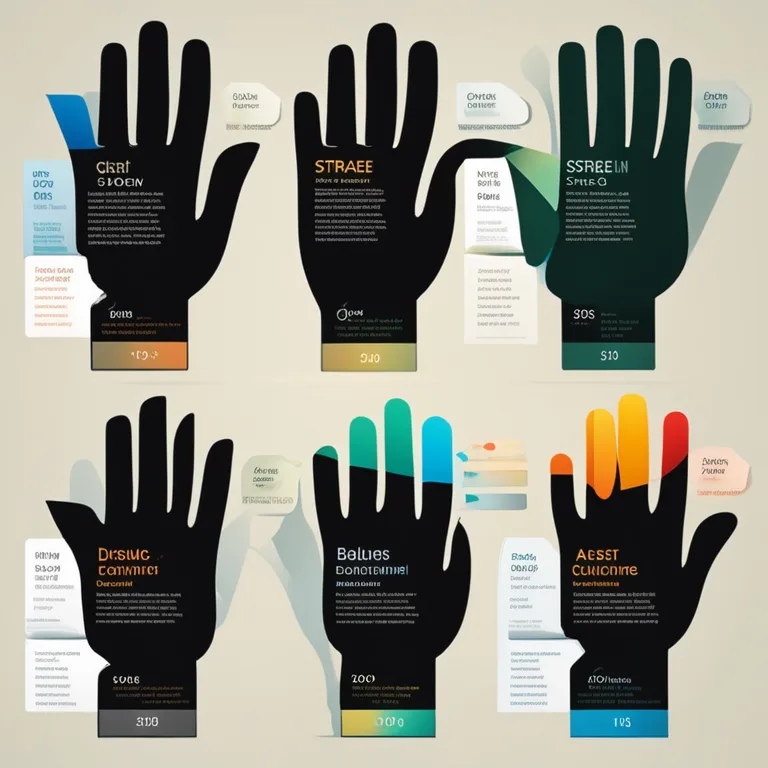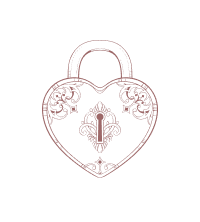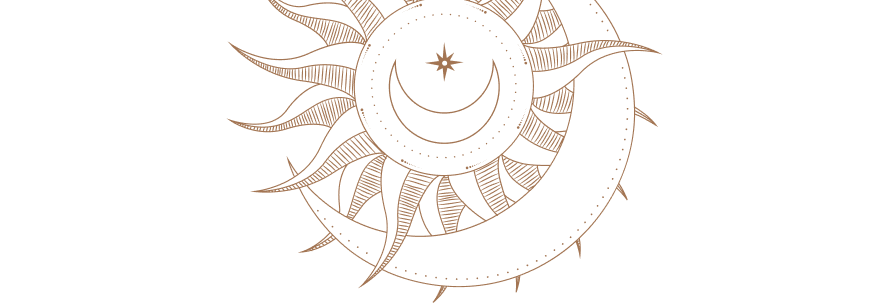
Interpreting Stress Lines in Palmistry
Discover how to read stress lines on your palm and what they indicate about your stress levels and overall well-being.
article by Nora Pennington
The Role of Palm Lines in Assessing Stress
In palmistry, the intricate network of lines on our palms is believed to offer insights into various aspects of our lives, including our emotional and physical stress. Our palms serve as a unique map, with lines that evolve and change over time reflecting our experiences and inner state. As we delve into the study of these lines, we can gain a deeper understanding of our stress patterns and possibly learn how to manage our stress more effectively.

Identifying Stress Lines
Stress lines, often referred to as worry or anxiety lines, are small, shallow lines that can appear anywhere on the palm but are most commonly found around the base of the thumb, radial edge of the hand, or crisscrossing the palm. These lines are not as prominent as the heart, head, or life lines but are significant in revealing our stress levels. Learning to identify these subtle lines can provide valuable clues about our emotional responses to stressful situations.

Interpreting the Appearance of Stress Lines
The appearance of stress lines can vary greatly from person to person. Some may have a few faint lines, while others may have a web of deep creases. Typically, a multitude of deep, tangled stress lines suggest an individual who experiences high levels of stress or has difficulty coping with stress. Conversely, fewer or lighter lines could indicate that the person might handle stress better or experience it less frequently. However, this should not be seen as a one-size-fits-all interpretation; personal circumstances and other lines should be considered for a comprehensive analysis.

Relation to Other Palm Lines
For a more nuanced understanding, stress lines should be examined in relation to the main palm lines. For example, stress lines crossing the head line might indicate mental stress affecting one's thought process, while those intersecting with the heart line could show emotional stress impacting relationships. The position and direction of stress lines in relation to the life line could signify periods of physical strain or health-related stress. These interactions can give us a clearer context for the sources and impact of stress.

Changes in Stress Lines Over Time
It is fascinating to note that stress lines are not permanent fixtures on our palms. They can appear or become more pronounced during periods of high stress and may diminish or disappear as we recover or learn to cope better. This reinforces the idea that palmistry is dynamic and reflects our changing life situations. Regular examination of these lines can therefore act as a personal stress monitor, prompting us to take action when we see signs of increased stress.
Using Palmistry to Manage Stress
While palmistry provides an interesting perspective on stress patterns, it should not replace professional medical advice or stress management techniques. However, for those inclined, becoming aware of our stress through palm lines can encourage mindfulness and proactive measures. Engaging in relaxation practices, mindfulness meditation, or seeking professional help might be the next steps for those with pronounced stress indicators on their palms.
Final Thoughts
Palmistry should be approached as a complementary tool for self-discovery and reflection. While not all palmists agree on every interpretation and skeptics challenge the validity of this practice, examining stress lines can offer a unique window into our psyche and provide greater awareness of the importance of managing stress for overall well-being.
Published: 1/5/2024
Modified: 1/5/2024
More predictions
Come back here soon to learn more about yourself and your future


Palm Reading and the Zodiac Connection
Discover the fascinating link between palmistry and astrology as we delve into the influences of zodiac signs on palm reading.


Reflective Musings: Quintessential Palm Reading Quotes
Delve into the wisdom of palmistry with thought-provoking quotes that encapsulate the essence of this ancient practice in our digital age.


The Art of Palm Line Interpretation
Dive into the nuances of palm line interpretation and discover what the lines on your palm reveal about your life path and personality.